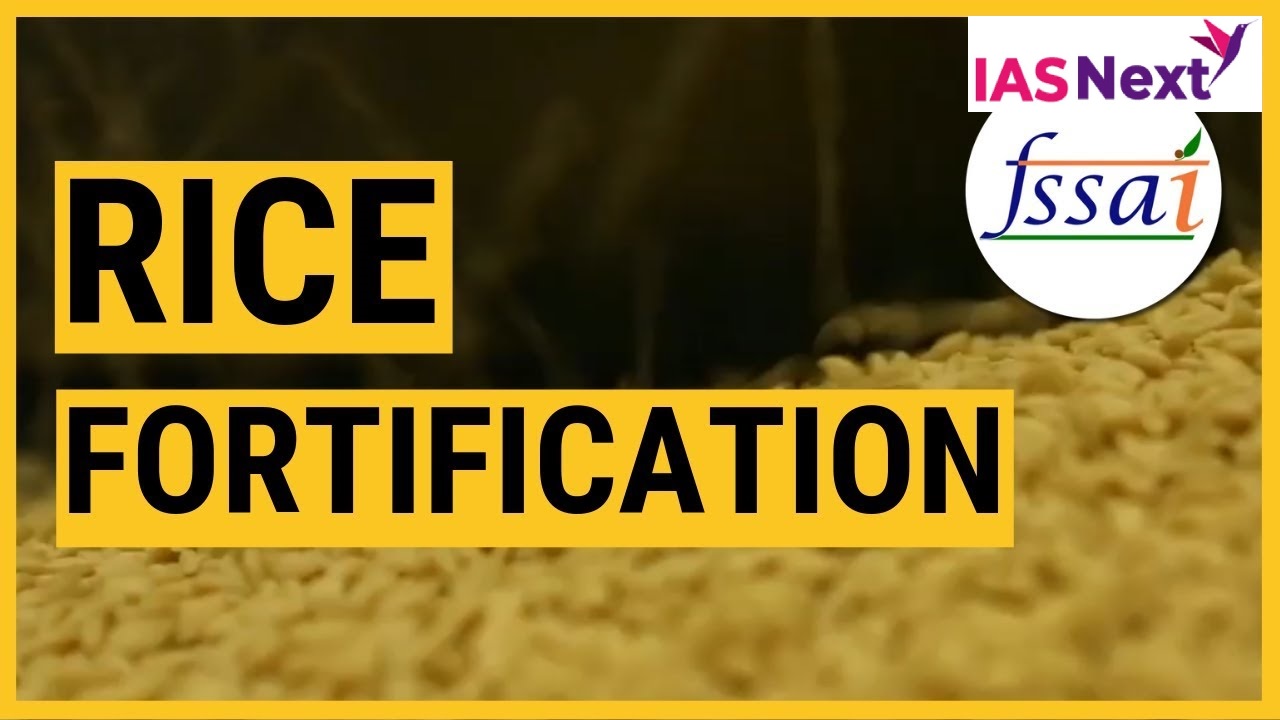CURRENT AFFAIRS
Get the most updated and recent current affair content on Padhaikaro.com
What is Food/Rice Fortification?
- IAS NEXT, Lucknow
- 07, Dec 2021

What is food fortification?
- According to the WHO, fortification is the process of increasing the content of an essential micronutrient, such as vitamins or minerals, in a food item to improve its nutritional value and provide public health benefits at minimal cost.
- It has minimal effects on taste and cooking properties while at the same time adding multiple nutrients to cure multiple deficiencies.
- It also has minimal behaviour change, unlike supplements.
- For example, milk is often fortified with vitamin D, and calcium may be added to fruit juices.
- Rice is the fifth item to get the government’s fortification push after salt, edible oil, milk and wheat.
How to fortify rice?
- According to the norms of the Food and Safety Standards Authority of India, 1 kg of fortified rice must contain iron (28mg-42.5mg), folic acid (75-125 mg) and vitamin B-12 (0.75-1.25mg).
- Usual milled rice is low in micronutrient content because its nutrient-rich superficial layer is removed during rice milling and polishing operations. This makes the grain taste better and visually appealing but less nutritious.
- Rice can be fortified by adding a micronutrient powder containing iron, folic acid and other B-complex vitamins, vitamin A and zinc, which then sticks to the grains.
The Significance
- Malnutrition especially child malnutrition is a major threat to the growth and development of children.
- According to a National Family Health Survey report, India has the largest burden of iron-deficiency and anaemia worldwide.
- About 59% of children and 50% of pregnant women are anaemic in India.
- Child and maternal malnutrition accounts for 15% of India’s total disease burden.
- The country reportedly loses around 1 per cent of GDP (Rs 1.35 lakh crore) every year due to iron-deficiency anaemia.
- Micronutrient deficiencies or ‘hidden hunger’ also continue to pose significant public health problems in Indian populations.
- Therefore, the decision to fortify rice was taken to address the malnutrition and lack of essential nutrients especially among poor women and poor children.
- Government distributes more than 300 lakh tonnes of rice to 81 crore people under schemes covered under National Food Security Act (NFSA), 2013.